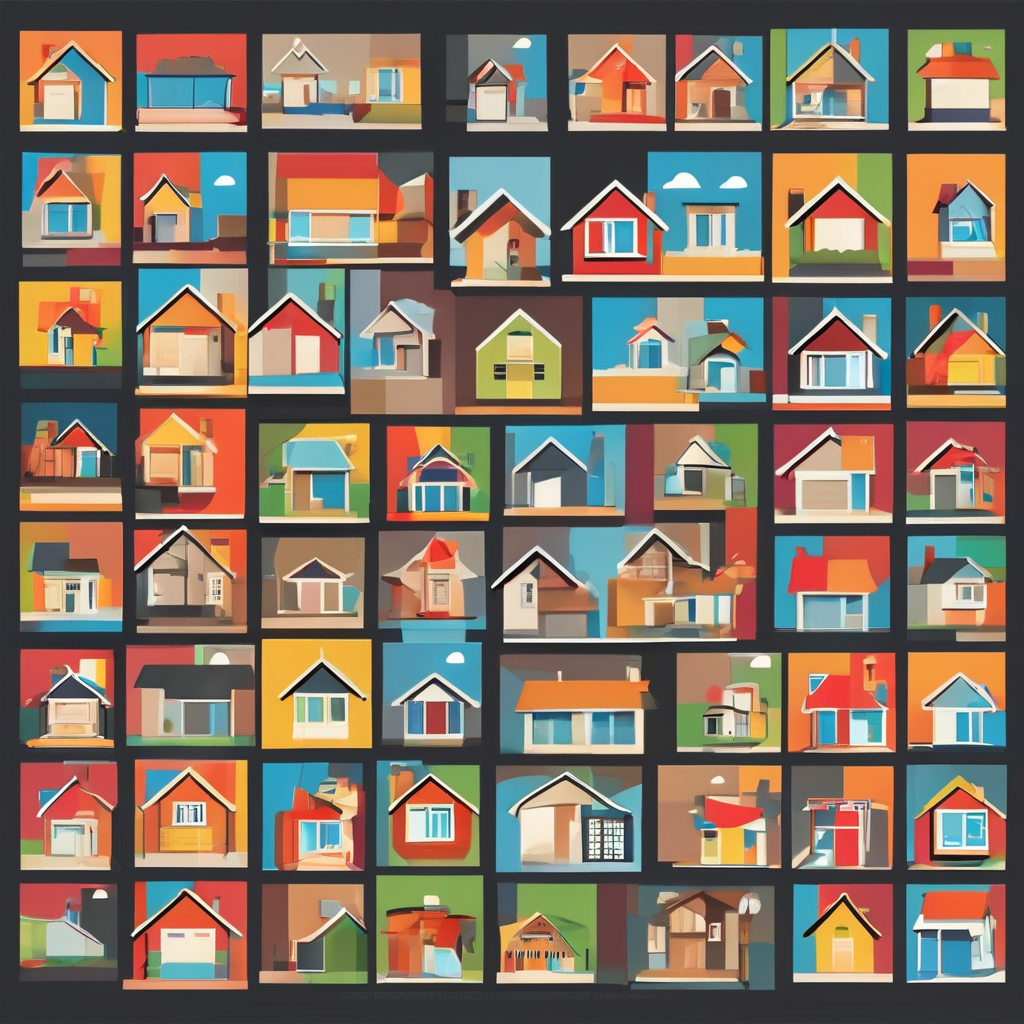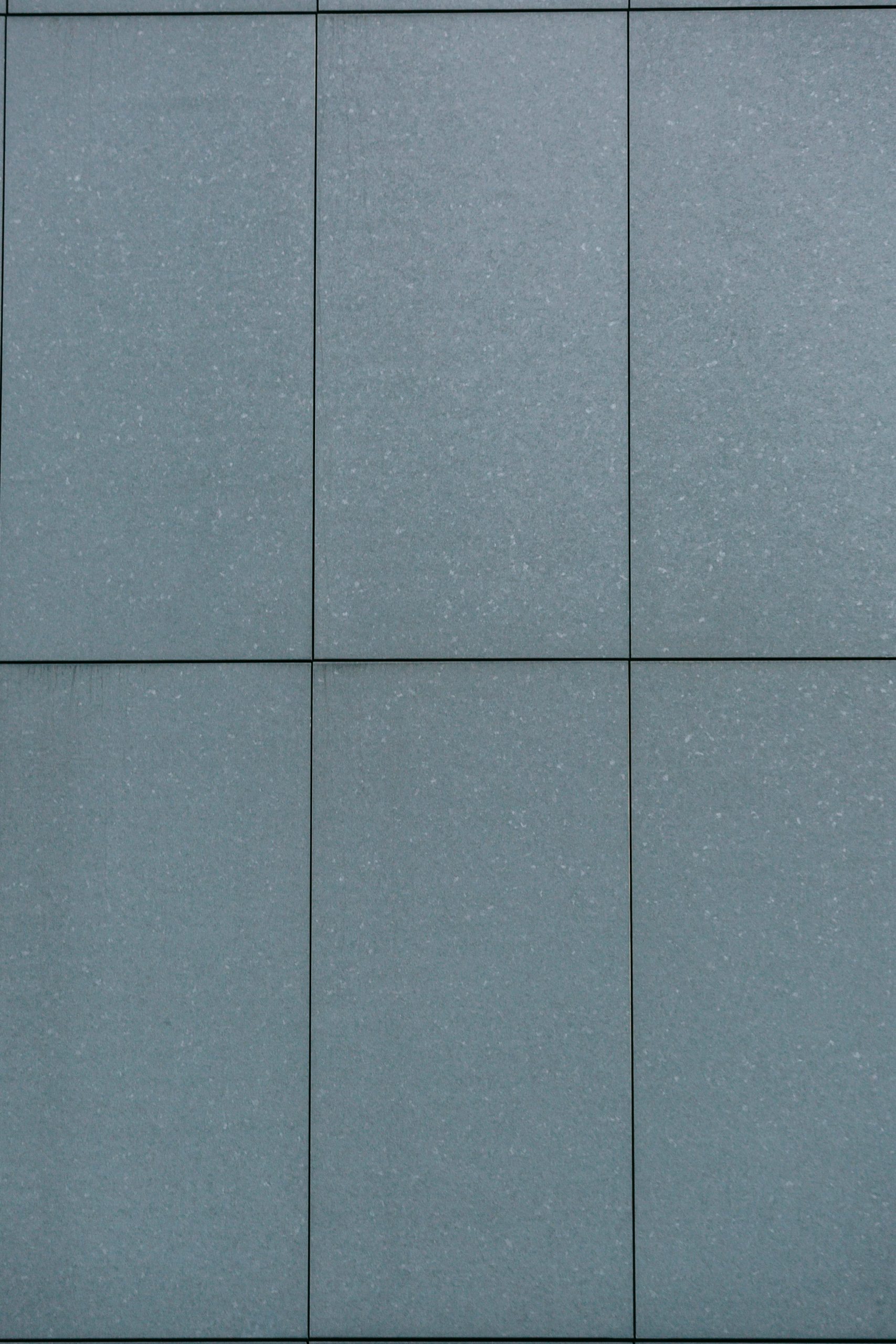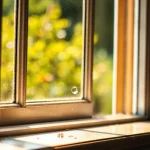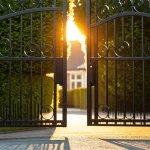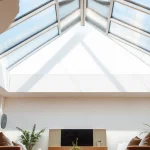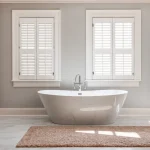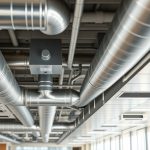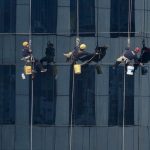Multi-purpose fibre cement boards combine strength, fire resistance, and moisture durability to meet diverse construction demands. Their versatility suits internal and external uses—from cladding to partitions—while offering easy installation and compatibility with various building frames. Understanding their technical qualities and practical benefits helps choose the right board for lasting, safe, and efficient projects across modern construction methods.
Essential Uses, Benefits, and Safety of Multi-Purpose Fibre Cement Boards
In the landscape of modern building solutions, multi fibre cement board answers critical calls for durable, fire-resistant, and adaptable products in both interior and exterior construction. These boards are classified as A1 non-combustible under EN 13501-1, which makes them among the safest options regarding fire hazards—especially vital for buildings over 18 meters. Their fire resistance properties ensure safe cladding, partitions, and flooring in both residential and commercial spaces, giving peace of mind without compromising design flexibility.
In parallel : Exploring versatile applications of multi-purpose fibre cement board
The remarkable weather resistance of fiber cement sheets means these panels perform reliably in damp, windy, or freeze-thaw environments, showing no rot, swelling, or mold—qualities essential for soffits, facades, and exterior sheathing. For internal builds, high-density and excellent moisture resistance let these boards serve in wet rooms or as robust tile-backing, outperforming alternatives like plywood or plasterboard.
Their multi-purpose use cases stretch from load-bearing floors and sound-reducing ceilings to wall linings and external cladding, supporting steel, timber, modular, or concrete frame buildings. Pre-drilled fixing guidelines and compatibility with conventional woodworking tools mean easier installation, saving both time and labour on-site.
In the same genre : Revitalize your space with professional air duct cleaning in kent
Technical Properties and Construction Advantages
Fiber cement board durability stands out due to its robust engineering, making it a go-to for both interior and exterior applications where long-term stability matters. These boards carry the highest fire code ratings (A1, EN 13501-1), supporting compliance in buildings exceeding rigorous safety benchmarks. Their moisture resistance features deliver exceptional protection in wet or high-humidity environments, offering reliable performance where plywood or drywall would deteriorate fast.
Exceptional impact resistance rating gives these multi-purpose boards an edge in high-traffic or demanding locations, maintaining structural integrity even in areas at risk of knocks and scrapes. Not just hardwearing, but also considered eco-friendly building materials, many fiber cement boards use cellulose fibers and cement, providing a sustainable solution with minimal ongoing maintenance and low lifecycle environmental impact.
The material’s lightweight construction enables easier handling and quicker installation than many traditional substrates, without sacrificing the strength to weight ratio essential for demanding architectural or renovation projects. Superior sound insulation qualities contribute to quieter and more comfortable spaces in both residential and commercial builds. The board’s excellent dimensional stability ensures it withstands seasonal temperature shifts and resists warping. These advantages, combined with resistance to termites and pests, confirm fiber cement boards as a reliable, multi-functional building panel for modern construction.
Specifications, Sizing, and Installation Guidance
Fiber cement board installation guide consistently starts with understanding available sizes and thicknesses. Multi purpose fibre cement board comes in common thickness options of 6mm, 9mm, 12mm, and 18mm, accommodating various fiber cement board applications such as exterior cladding, interior wall paneling, and wet room construction. Standard dimensions—often 1200mm x 2400mm—support efficient layout planning.
Cutting and shaping techniques enhance workability. Thinner sheets up to 9mm may be scored and snapped with minimal tools, while thicker products such as 18mm cement board require a circular saw fitted with a dust-extraction system, prioritizing health and safety precautions. Always use safety gloves, dust masks, and ear protection.
Fastening and fixing methods include self-drilling screws for both timber and steel frames, following manufacturer guidelines for edge distance and fixing grids. Proper panel adhesion techniques—like the use of polymer-enriched mortars or flexible adhesives—guarantee structural longevity.
Suitable substrates for fiber cement boards encompass steel and timber framing, concrete, and masonry. Comprehensive installation tools such as saws, drills, measuring tapes, and levels simplify alignment and secure fixing.
Regular cleaning ensures ongoing appearance and performance. Fiber cement board maintenance tips stress periodic inspection for sealant integrity and prompt repair, supporting extended fiber cement board durability.
Comparing Fibre Cement Boards to Alternative Building Materials
Fiber cement board sets itself apart from plywood, drywall, and conventional siding board alternatives with superior fire resistance, moisture resistance features, and remarkable load-bearing performance. The A1 non-combustible fire resistance properties of these boards surpass plywood and drywall, making them highly desirable for projects demanding rigorous fire safety, especially in high-rise and multi-purpose applications.
When performing a comparative analysis with plywood or drywall, fiber cement board is notably more cost-effective in construction over the building’s lifecycle. Its exceptional moisture resistance features prevent warping, rotting, and mold—problems often faced with traditional boards. This resilience leads to long-term reductions in maintenance and repair costs, enhancing overall cost-effectiveness in construction.
In innovative fiber cement products, versatility remains a hallmark. Fiber cement board is available in various thicknesses and dimensions, enabling flexible applications from interior wall paneling to exterior cladding and wet area substrates. Painting and finishing options are extensive— smooth and textured faces support a range of modern architectural trends and decorative finishes.
Packaging and transportation of fiber cement board are further optimized due to its lightweight yet durable nature, simplifying handling and installation logistics compared to many conventional siding board alternatives.
